No scholar following India-China relations in India or abroad can ever claim anonymity with Ananth Krishnan regarded as the most authentic interpreter of India-China relations for about decades as a correspondent filing despatches from mainland China. Reporting from China and that too on sensitive and delicate India-China relations and often at critical times is indeed quite a challenge. Any kind of misreporting or even under reporting from the Forbidden City, under the watchful eyes of the Dragon is fraught with professional hazard entailing the credibility and reputation of the correspondent. The book under review can appropriately be described as the current history of China with focus on India-China relations. Considering that press statements and the media briefing by the Chinese media departments are banal, making a story out of them requires a great degree of intellect, cerebral reflexes, insight and finesse; otherwise no media house would ever invest so much of resources to support a correspondent. It is here that Krishnan stands out. Reading his by-lines is not only alluring, but enlightening as well. China is like a kaleidoscope of rainbow; fascinating and yet enigmatic and intriguing. The more you scratch the surface, the more you are puzzled and that is what Krishnan had done in the book.
As a correspondent, Krishnan interpreted China and India-China relations to the readers of his newspaper with utmost fidelity without bias or prejudice and without any agenda to colour the understanding or the mind of the readers. Any adverse or negative report has the potential to harden the attitude of the readers and soft-pedalling news can compromise the professional ethics of journalism. The book running into 418 pages is thematically divided into six parts and altogether 24 chapters. It attempts to capture a wide spectrum of the bilateral relationship between the two countries. Due to space constraints, it is not possible to analyse each chapters notwithstanding the fact that each chapter merits a careful reading which enriches the readers understanding of China and India-China relations in particular.
Understanding party politics is very essential to understand China. It is very appropriate therefore that chapter one of the book “In Mao’s Shadow’ is devoted to the Helmsman’s ideas and thoughts and the preeminent role of the Chinese Communist Party. Often it is said that, ‘political power flows from the barrel of the gun’, without mentioning the next operative line, ‘it is party that commands the gun’. The Party is omnipresent, even if it is like ‘black box’ exerting its influence over every aspect of policy and decision making, Krishnan observes. With a membership of 90 million, the Communist Party of China arguably has emerged as the world’s largest political organisation. Yet, he writes, the Party leadership remains mindful-some might say paranoid-about threats to its rule. The highest echelons of the Party remains as opaque as ever-the leadership leads cloistered lives and has near-zero interactions with the press. Of all the threats to rule, the Party knows there is none bigger than corruption. In China, the corruption of the Party elite is no secret; people in China are well aware that corruption greases the wheels of politics and business, the author adds. He quotes scholar Minxin Pei that ‘the emergence and entrenchment of crony capitalism’ in China is in some sense ‘a logical outcome of Deng Xiaoping’s authoritarian model of economic of economic modernisation, because elites in control of unconstrained power cannot resist using it to loot the wealth.’ At times, however, corruption charges in the Communist regime in China are built to frame a rival leader in a power tussle.
Giving a sense of the omnipresence one party ruled China unlike a democratic polity like India, he writes, “consider such a situation in India: the India National Congress or the Bharatiya Janata Party is not just the ruling party at the Centre, but controls every state government, appoints the heads of every Indian bank, and major corporations (who will of course, be a party members), controls the Indian armed forces and appoints its generals, overseas the every media and what they publish, controls colleges and schools….” This is what happens in one party ruled China.
While Krishnan informed the readers of his newspaper through his by-lines during the face-off on the Line of Actual Control (LAC) earlier, in Chapter ten “From Doklam to Galwan”, he discusses in greater details the happenings in the LAC. Devoid of constraints of time and space, various chapters in the book are insightful, analytical and rich in contents. The readers get the sense of the prevailing mood and attitude of the political and military class in China towards India. Writing about the intimate connect and primordial affiliation between the People’s Liberation Army (PLA) and the Chinese Communist Party, he observes that the PLA is the army of a political party, and its abiding objective, besides its stated ones of defending China’s territorial integrity and sovereignty, is ensuring the continued survival of the Party. Alluding to the hardened attitude of the PLA during the Doklam crisis in 2017, Krishnan quotes the exhortation of the retired PLA Major General and strategist and strategist Luo Yuan to the Chinese people to rally round the army, “… Our army would never engage in a war without the full grasp of victory. Frankly speaking, India is truly different from the India of 1962. We really don’t want to engage in a war against India. But if we did, India would lose again.”
Unflinching loyalty to the supremo and the rank and file indoctrination are yet other essential attributes of the behemoth of the State-the People’s Republic of China. The vested interest is sustained through vast commercial interests, from real estate to valuable industries, Krishnan writes, much of which it lost following military reforms in the 1990s and supported by a ballooning budget that has recorded annual double-edge growth in recent years reaching $180 billion in 2020. Concentration of power in single individual is yet another phenomenon of the Communist regime of the People’s Republic. Xi Jinping is the General Secretary of the CPC, president of the Republic, and also the Chairman of the Central Military Commission (CMC). Centralisation of so much of power in a single leader is certainly fraught with inconceivable consequences and one can ascribe the recent Chinese belligerence to this.
Commenting on the Doklam incident in the tri-junction between India-China-Bhutan, Krishnan writes, when the news of the incident first broke out, it was immediately seen in India as the only latest in a number of surreptitious Chinese military moves of stealthy ‘salami slicing’-nibbling up bits of disputed territories, as had been the strategy in South China Sea, and elsewhere on the border with India and Bhutan. He further writes the Doklam episode underlined a new challenge India faced from an assertive China-and the limited options at its disposal to counter it. In Doklam, the Chinese road put India in a difficult position. It faced two choices: do nothing, and let the road reach the ridge and compromise India’s security, or intervene and cross the border, thereby risking a serious escalation. Delhi took the risk, and did succeed in stopping the road reaching a strategically vital ridge. Yet China responded by fortifying its position pretty much everywhere else on the plateau, to an extent that it is far better positioned in Doklam than it was before the crisis. Dissecting the reason for hardening of Chinese attitude which led to the Doklam incident and later the bloody clash at Galwan, Krishnan ascribes them to India’s efforts “to bridge the asymmetry in infrastructure which had earlier given China free run in many areas along the LAC which challenges China’s presence. He, however, observes that neither India nor China desires conflict, and neither expects it. The problem is, war rarely happens by design. This underscores how miscalculation, miscommunication and misjudgement lead to escalation.
The author’s analyses of the complex and complicated triangular India-China-Pakistan in Chapter eleven is very insightful, which he posits in the larger geo-political context of the triangular India-China-USA relations. Attributing to an anonymous Party academic, Krishnan writes, quotes him saying that Beijing’s ‘biggest fear is India becoming a Japan or South Korea-a full-fledged American ally, suggesting it would not be careless enough to push India into that position. According to Krishnan, China is facing what some insiders describe as the ‘Pakistan dilemma’, as it weighs its ambition to build a regional counterweight to India against its fears of an India-US alliance. Turning to the much touted China-Pakistan Economic Corridor (CPEC), Krishnan cites a report prepared by China’s Renmin University in 2017 which cited the incidents of attack and killing of Chinese nationals in Quetta in recent years. It remarked, ‘Neither China can afford the consequences of the failure of constructing the corridor.’ The report further said, ‘ if the current uncertainty was to continue, it would not only delay the opening of the flagship project but CPEC would end up becoming a burden on China and have a great negative impact.’
Traditionally Indians used to depend on western sources to understand China and India-China relations. This is no more the situation. The book is a seminal contribution to chronicle the complex India-China relations in a very objective and unbiased manner and it has an enduring value.

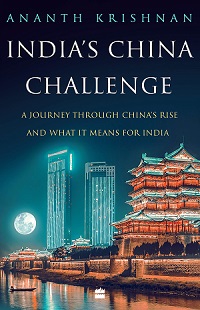


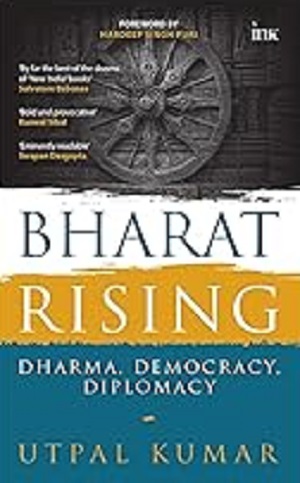
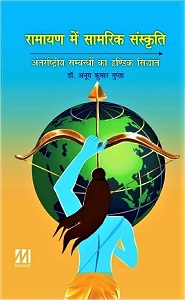
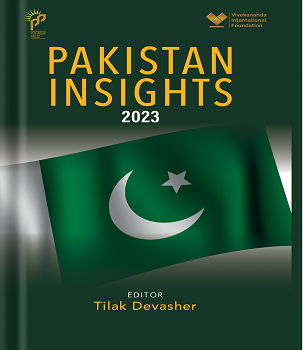
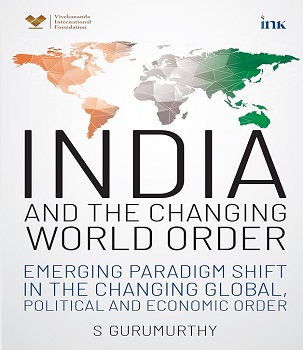
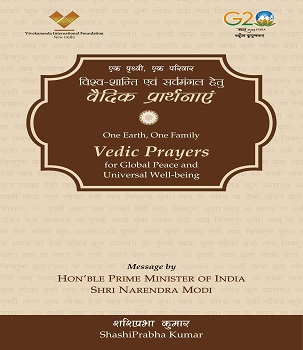
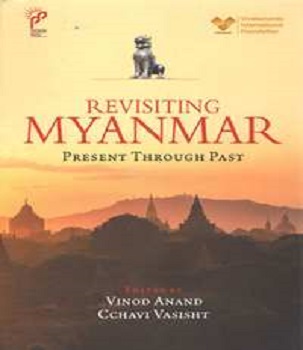
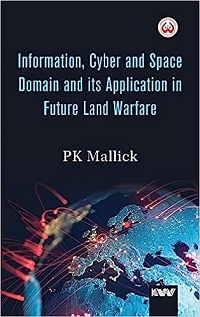
Post new comment